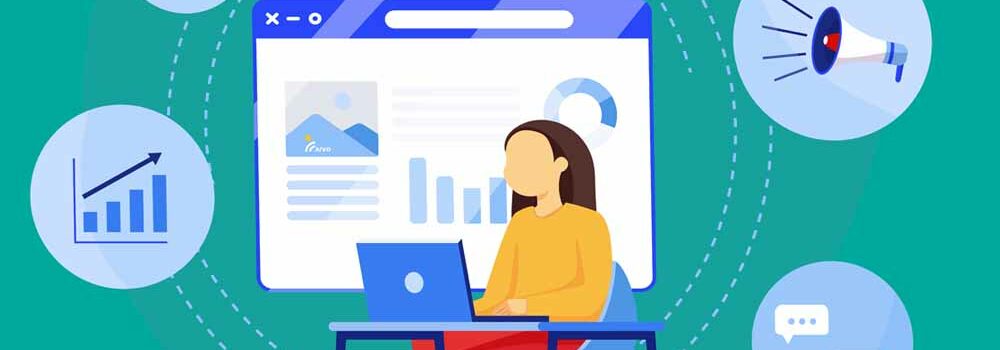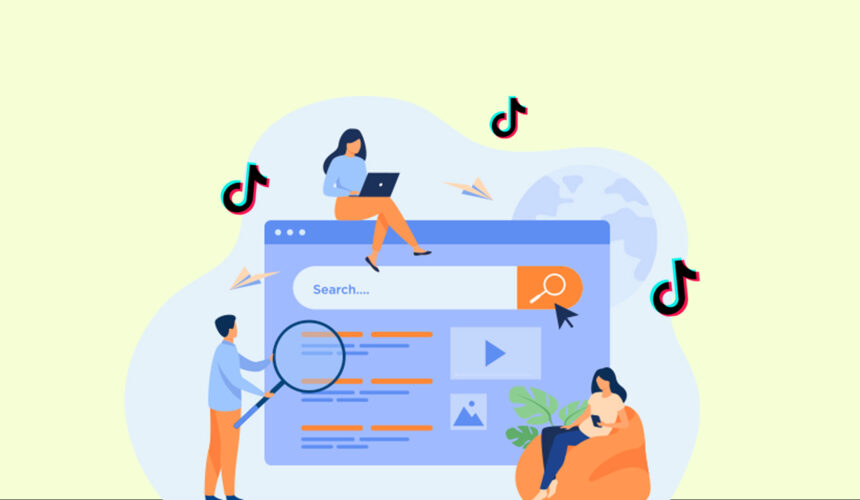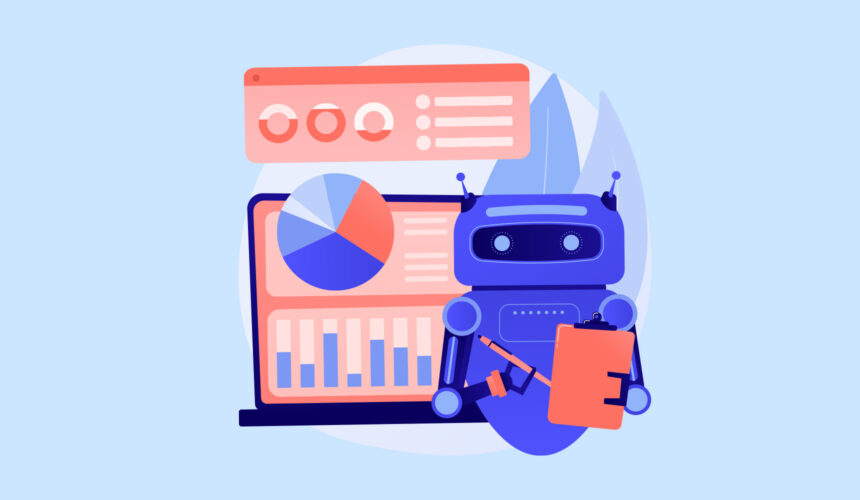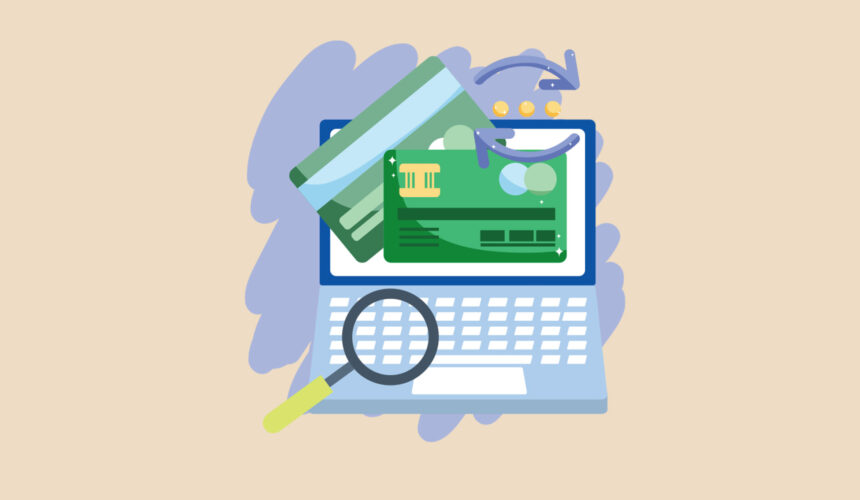How to Increase Revenue and LTV With Email Marketing Automation
Of all the marketing tactics ecommerce businesses utilize today, email marketing is still considered by many to be the gold standard when it comes to achieving a positive ROI.
The path to attaining success with email marketing is fairly straightforward–it involves growing your list of email subscribers, building a customer journey that allows those subscribers to make a connection with your brand, and consistently delivering valuable content so that they continue purchasing from you.
Although the execution of email marketing may be complex and nuanced, the goal is simple–to turn your subscribers into customers, while increasing the LTV of those customers over time. If everything works the correct way, all parties get what they want–your subscriber develops an affinity with your brand, and in return you have a customer that continually increases in lifetime value.
So if acquiring new customers and increasing LTV is your goal, what are the steps you need to take to actually make money from your email list and substantially increase the LTV of your customers? The answer can be found in email automation.
What is Email Automation? 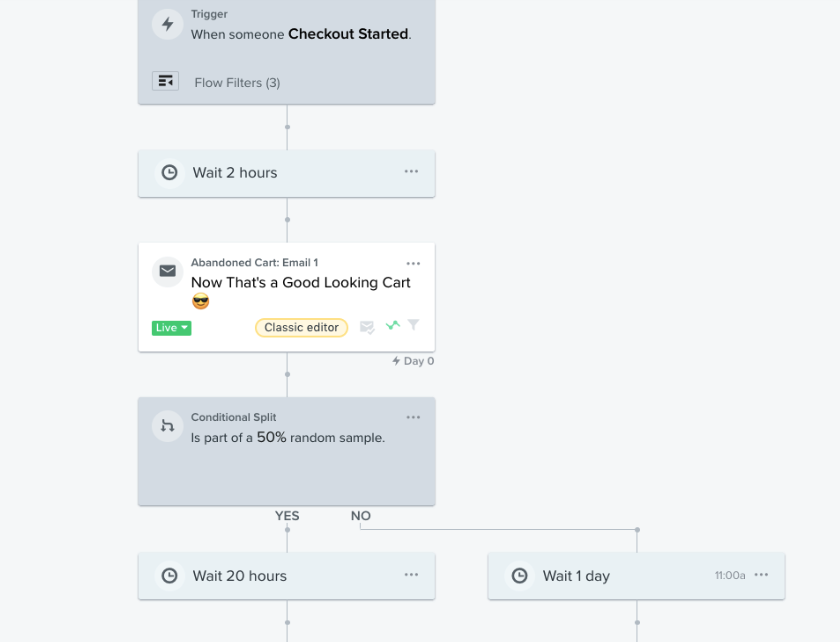
Email automation is exactly what it sounds like–it is a series of automated email sequences (usually built into a customer lifecycle journey),that trigger based on the actions that your subscribers take on your site. The actions that trigger these automated emails may include a subscriber meeting specific demographic criteria, opening and clicking emails, viewing a specific product, answering a survey question, or purchasing specific products.
How to use Email Marketing Automation Effectively
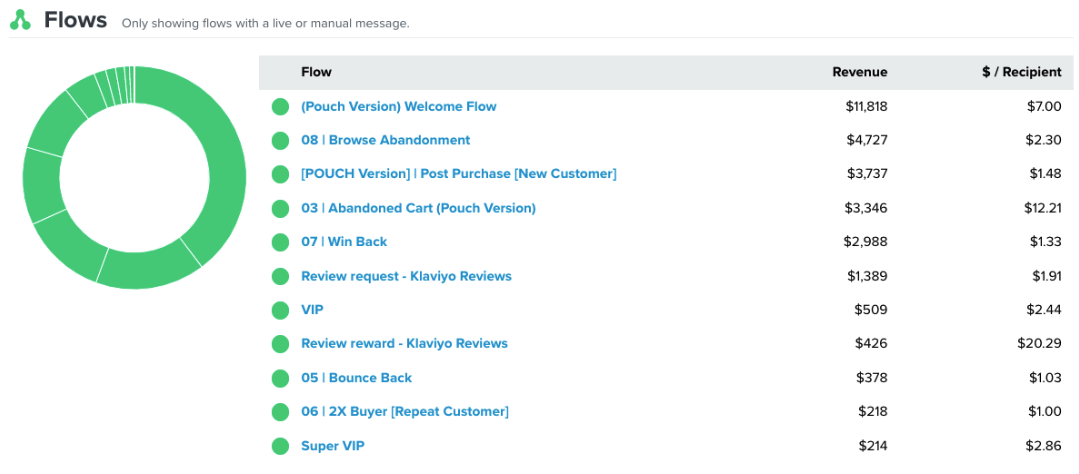
Your objective with email automation is simple–optimize and elevate the customer experience in a way that drives them to purchase more from you. There are several ways to accomplish that feat, but it begins with the setup of a few key email automation sequences.
- Welcome Series: When a new customer signs up, send them a welcome series that introduces them to your brand, highlights your products and services, and provides them with an idea of how often to expect updates. Use this opportunity to offer a discount or incentive to encourage them to make their first purchase.
- Abandoned Cart Emails: If a customer adds items to their cart but doesn’t complete the purchase, send them an email reminder that they left items behind. Offer an incentive to complete the purchase, such as a discount or free shipping.
- Upsell and Cross-sell: Use data to understand a customer’s purchase history and recommend relevant products or services to upsell or cross-sell. For example, if a customer has purchased a camera from you, you could send an email recommending a camera bag or memory card.
- Loyalty Programs: Reward your most loyal customers with a loyalty program. Use email automation to send them personalized rewards and special offers.
- Re-engagement Campaigns: If a customer hasn’t made a purchase in a while, send them a re-engagement email to remind them of your brand and encourage them to make a purchase. Offer an incentive, such as a discount, to entice them back.
- Personalization: Use customer data to personalize your emails, including their name, past purchases, and preferences. This will make them more likely to engage with your emails and make a purchase.
Obviously there are a plethora of email automations that can be setup, but the key is to make sure the core automations above are set up and running well. Rather than trying to tackle every automation at once, it’s smarter to focus on setting these key automations live and optimizing them before exploring the other opportunities that exist. You can bookmark those for a later time when the foundation is built.
Two Case Studies on the Impact of Email Automation
In 2020, we had two ecommerce clothing shops come to us with the goal of utilizing email marketing to increase their list of subscribers and grow their revenue. Their goals were aggressive, but we were up for the challenge.
Both of these clothing shops had done email marketing in the past, but they didn’t have a specific strategy tied to campaign emails, and they certainly weren’t doing much of anything on the automation front.
Within a year of working together with each of these two ecommerce clothing companies, we helped them drastically increase the total revenue from their email marketing efforts as well as their LTV. A key part of this was our focus on email automation efforts.
Company #1 Email Revenue Breakdown – 2020
 Company #1 Email Revenue Breakdown – 2021
Company #1 Email Revenue Breakdown – 2021
 Company #2 Email Revenue Breakdown – 2020
Company #2 Email Revenue Breakdown – 2020
 Company #2 Email Revenue Breakdown – 2021
Company #2 Email Revenue Breakdown – 2021

As you can see from the data above, we were able to help both of these ecommerce shops essentially double their annual email revenue in only a year’s time, and the majority of the increase for both clients can be attributed to growth from email automation efforts. These are results we’ve been able to repeat again and again for many ecommerce companies that we work with, which proves the true value of email automation at work.
The Importance of the Welcome Series
The welcome series is often the first touchpoint a subscriber will have with your brand. Maybe they are subscribing because you offer a discount on their first order, or maybe they just want to learn more about you. Either way, once they are subscribed you only have a couple of chances to capture their attention and get them to that initial purchase.
Your welcome series should first and foremost introduce your brand, showcase your products, and provide some social proof (reviews). It will also set the stage for how often you will be sending updates. For many ecommerce brands, the welcome flow will
Here are a few key benefits of an effective welcome series:
- First Impression: A welcome series automation is your chance to make a great first impression on your subscribers. It sets the tone for your relationship and can help build trust and credibility with your audience.
- Engagement: A welcome series automation can increase engagement with your subscribers. By providing valuable information and encouraging interaction, you can build a relationship with your subscribers that goes beyond just the initial sign-up.
- Education: A welcome series automation can educate your subscribers about your brand, products, and services. By providing useful information, you can help your subscribers better understand what you have to offer and how it can benefit them.
- Segmentation: A welcome series automation can help you segment your subscribers based on their interests and behaviors. By tracking how subscribers interact with your emails, you can tailor your future messages to their specific needs and preferences.
- Conversions: A welcome series automation can increase conversions by encouraging subscribers to take action. By including calls-to-action in your emails, you can guide subscribers towards making a purchase or taking another desired action.
By providing a great first impression, engaging subscribers, educating them about your brand, segmenting your list, and driving conversions, a welcome series can help you build a strong relationship with your audience and improve customer LTV.
Post Purchase: The Automation Every Business Should Set Up
After an initial welcome series and possibly an abandoned cart flow, the post-purchase automation will serve as one of the most crucial steps on your journey to creating a high-performing email automation experience for your customers, well beyond their initial purchase from your brand.
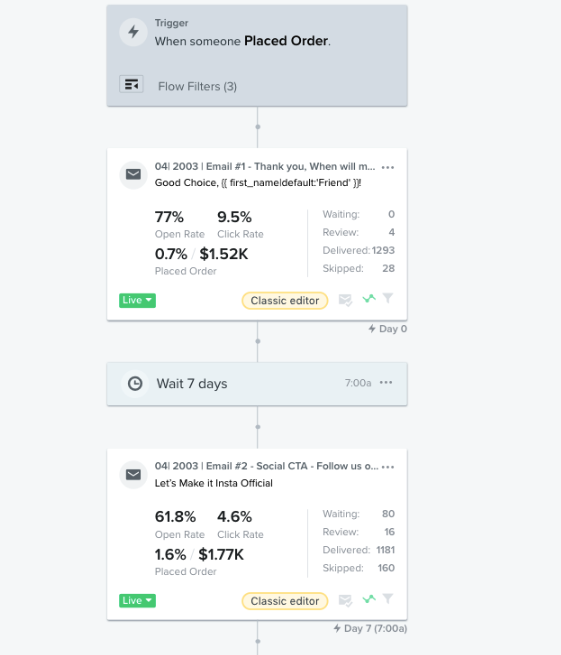
Post-purchase email marketing automation can be a powerful tool to increase customer lifetime value. Here are some strategies that you can use to leverage this tool effectively:
- Thank them for their purchase: Use the post-purchase email to thank the customer for their purchase and show your appreciation for their business. This will create a positive first impression and increase the likelihood of the customer making another purchase in the future.
- Recommend related products: Based on the customer’s purchase history, recommend related products that they may be interested in. This will encourage them to make additional purchases and increase their lifetime value.
- Encourage product reviews: Encourage customers to leave product reviews on your website or other review sites. Positive reviews can help attract new customers, and negative reviews can provide valuable feedback that can help improve your products.
- Offer exclusive promotions: Use the post-purchase email to offer exclusive promotions to customers, such as discounts on their next purchase. This can incentivize them to make another purchase and increase their lifetime value.
- Provide helpful information: Provide helpful information related to the customer’s purchase, such as usage tips, maintenance instructions, or links to resources that can help them get the most out of their purchase. This will show that you care about their satisfaction and can help build a stronger relationship with the customer.
Post-purchase automation is without a doubt one of the most important keys to increasing your customer LTV with email marketing. From our view, when companies neglect this crucial step, they may indeed see initial purchases, but without someone nurturing them after their initial purchase, a majority of those first-time customers may never purchase again. If you want to maximize results, make sure you spend adequate time on the messaging, creative, and timing of your post-purchase emails.
Creating a CLTV Segment
To get the most out of your email automation, it is highly recommended that you set up a CLTV-specific segment in your email platform. This is relatively simple to do if you’re using Klaviyo as your ESP–you can just follow the steps laid out in this article.
CLV segments will allow you to see both the past and predicted amount of what a customer will spend with you over time. Having this information will be incredibly useful as you prepare to send them relevant information in segmented campaigns and most importantly, as you build out segment-based automation sequences. For example, as Klaviyo mentions in their article, you can use historic CLV to build a VIP welcome flow or use predicted CLV to send targeted campaigns to customers who will likely spend a certain amount over the course of a year
Tying it all Together
If you’re trying to create a sustainable business, a focus on increasing customer LTV is paramount. There are a variety of tactics that can help you move the customer LTV needle in a positive direction, but beginning first with lifecycle marketing and email automation will set you up for success with every other marketing initiative you implement.
As you master the essentials with email automation, like we’ve discussed above, you can move on to building out more specific automations like cross-sell flows and other segmented flows that will help you consistently increase your revenue (and customer LTV), over time.

